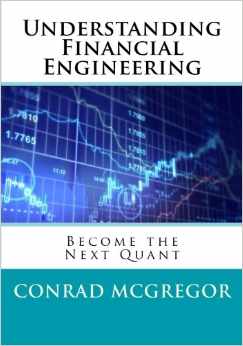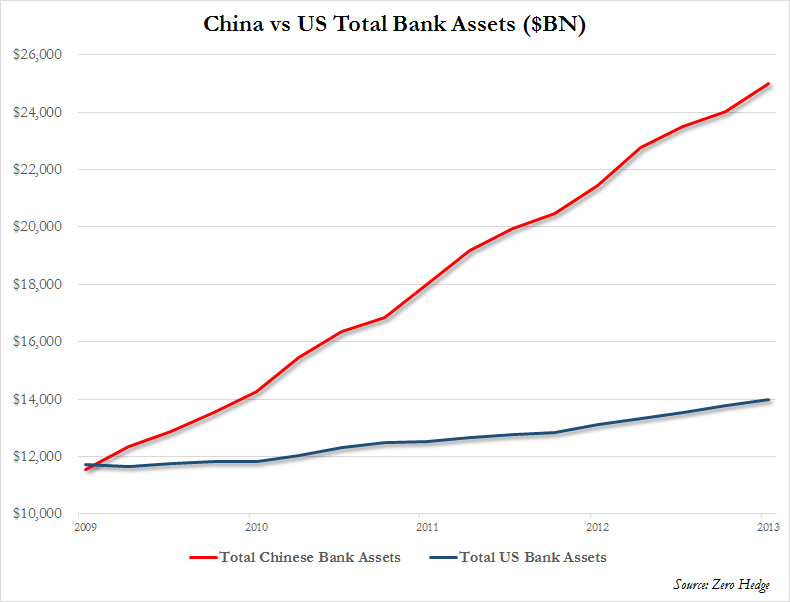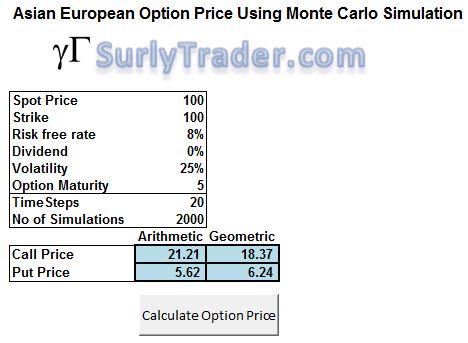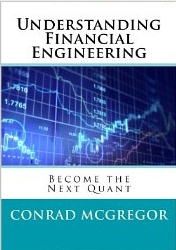After a few years of thought, SurlyTrader has released “Understanding Financial Engineering: Become the Next Quant”. This is a project that has been long in the works with some very slow progress and abandonment at certain times. I thought it was a good idea to write a practical book for anyone getting into my field that contains useful and applicable material in the real world (and is easier to understand). I viewed this as the book that I wish that someone gave me when I started my career. If you know anyone who is interested in getting into quantitative finance, derivatives or what they might call financial engineering – I would like to believe that the book I wrote is a better option than the textbooks currently out there. It will also explain financial engineering to anyone with an interest in how and why derivatives are used.
I have a spreadsheet with full examples (macros, simulations and calculations) that will be sent to anyone buying the book. The kindle version is also available and free for all print owners. The print book is in color which helps read the graphs and charts, so keep that in mind if you have a black & white kindle.
The Contents:
Introduction
Chapter 1 – What are Derivatives?
Section 1: Financial Calculation Basics
Chapter 2– Time Value of Money
Chapter 3 – The Yield Curve
Section 2: Basic Derivative Instruments
Chapter 4 – Futures and Forwards
Chapter 5 – Swaps
Chapter 6 – Options
Chapter 7 – Credit Default Swaps
Section 3: Exotic Derivative Instruments
Chapter 8 – Binomial Lattices
Chapter 9 – Monte Carlo Simulations
Chapter 10 – Exotics, CDO’s and Rainbows
Section 4: Lessons Learned the Hard Way
Chapter 11 – Derivative Disasters
Conclusion










